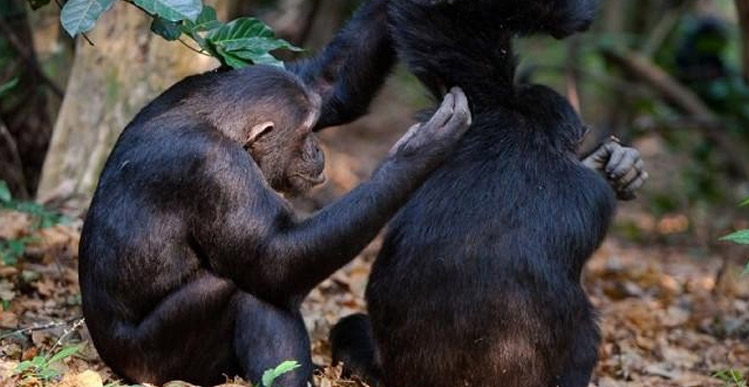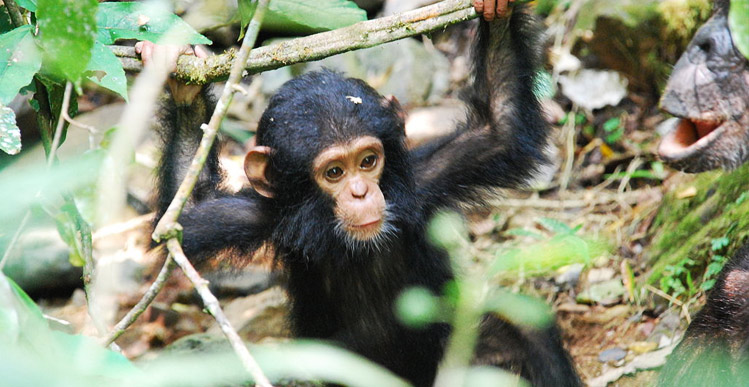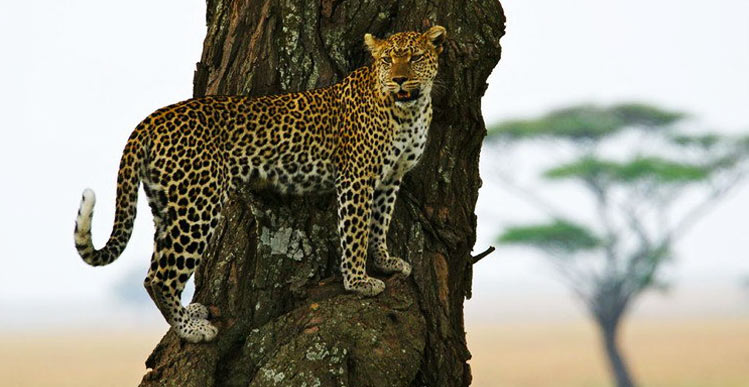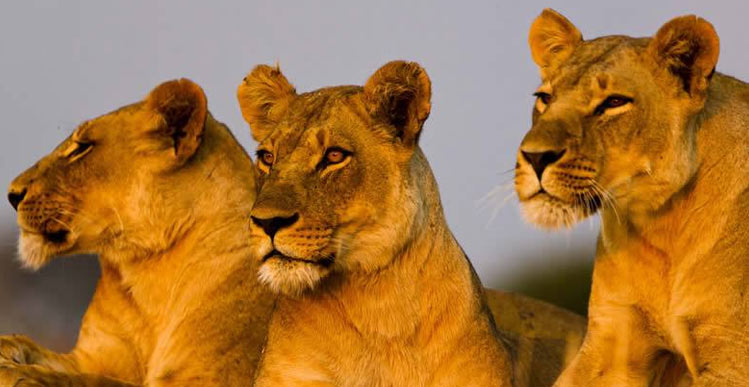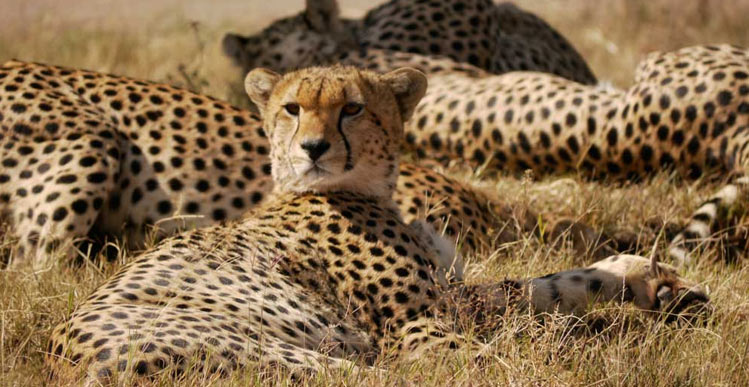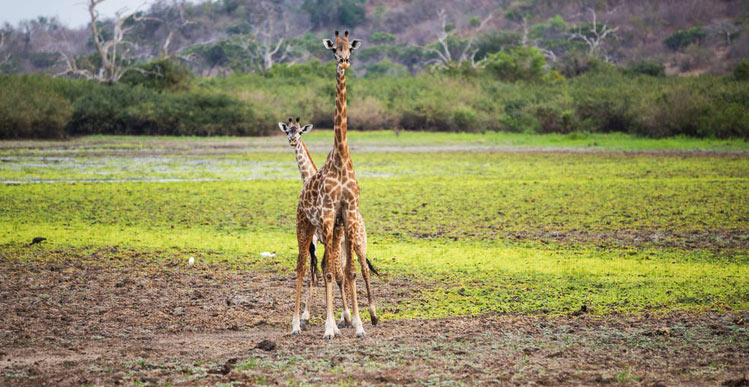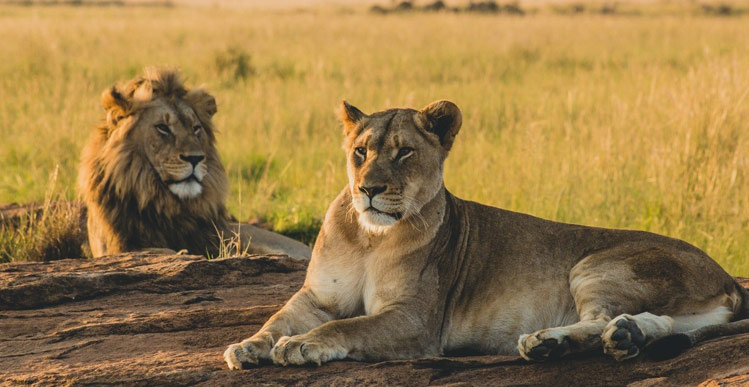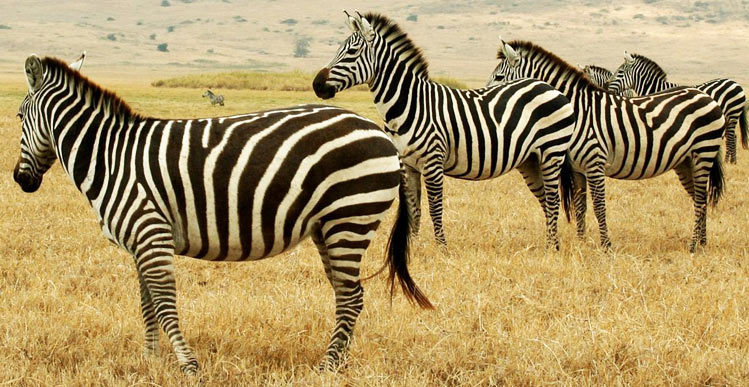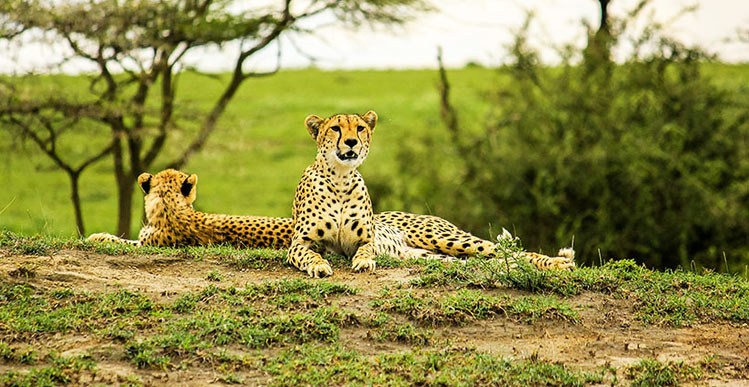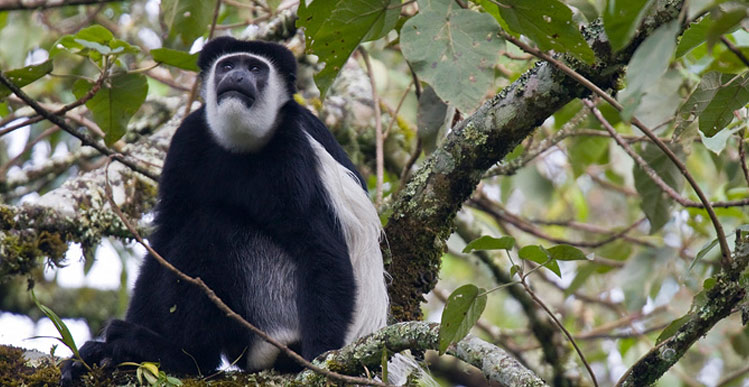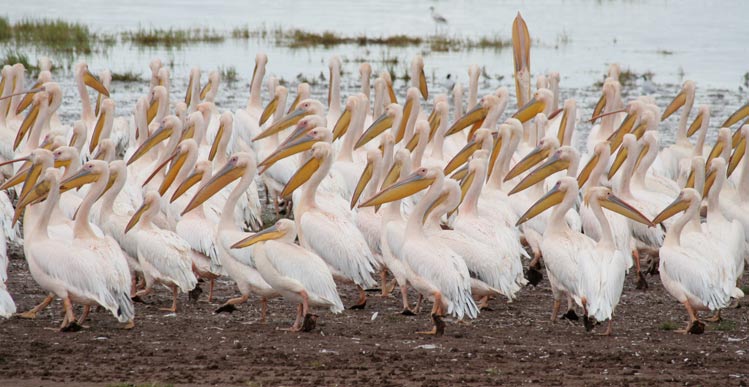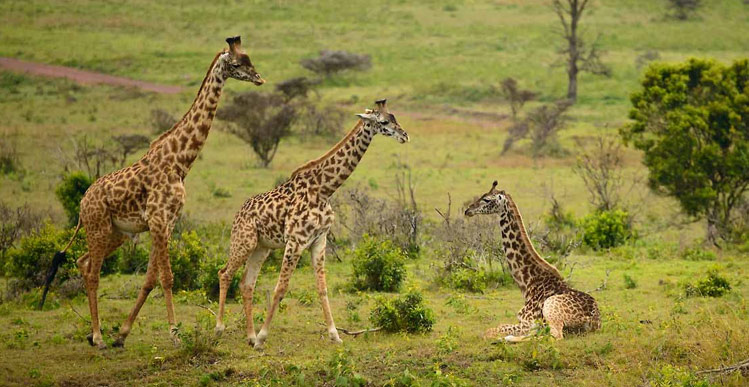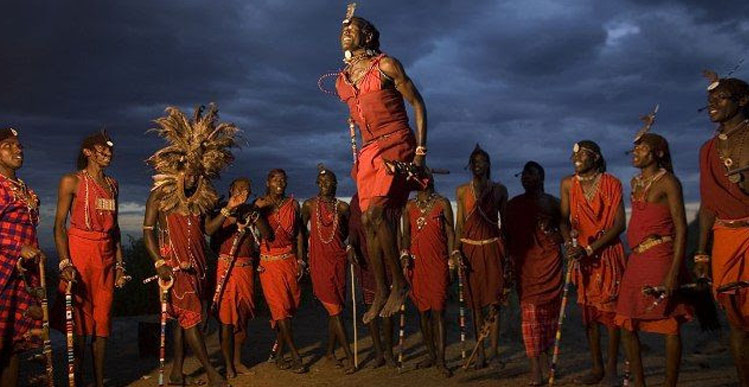Safari Attractions in Tanzania
Tanzania is the 13th largest country in Africa and is situated in East-Africa. It is actually a combination of 2 regions/states: the mainland, formerly known as Tanganyika and Zanzibar island with its clusters (one of the islands in Zanzibar’s cluster is called Mafia Island, a name which I personally find very interesting). Fun Fact: The Anglo-Zanzibar War, considered by many to be the shortest war in history, was fought in Zanzibar and lasted only 38 minutes!!!). Tanzania is bordered by Uganda and Kenya to its north; Zambia, Malawi and Mozambique to its south; Rwanda, Burundi and The Democratic Republic of the Congo to its west; and the Indian Ocean to its east. The capital of Tanzania is the city of Dodoma (also featured within the novel) and the official languages spoken in Tanzania are Swahili and English. Like most sub-Saharan countries, the country is made up of strong Christian and Muslim elements and a small minority of people who follow other religions or none at all. The “shilingi” (or shilling in English) is the national currency, and as of the time of me writing this, 1 Tanzanian shilling = 0.00062 US dollars (in reverse that’s approx. 1,611 Tanzanian shillings to 1 US Dollar). Tanzania’s economy is primarily fueled by agriculture (which employs about 75% of the workforce). It’s economy is also fueled via mineral extraction (it’s endowed with significant deposits of gold, uranium, bauxite, platinum, tin, diamonds and natural gas). This is largely in part due to the nature of the region, which houses some notable volcanoes, some active, many extinct (in case you didn’t know, the famous Mount Kilimanjaro, which is located in Tanzania, is made up of three dormant volcanic “cones” called Kibo, Mawenzi and Shira). Another famous landmark in Tanzania is the Serengeti National Park, home to all sorts of exotic wildlife. The Park in reality extends into Kenya, and is a favorite for tourists. A lot of the images shown on Western television of Africa depicting wild animals in their natural habitat are shot at the Serengeti game reserves.
Historically, Tanzania was captured by the Portuguese in 1505 (specifically Zanzibar island). The Portuguese retained control until the late 1600s when its involvement with the Thirty Years War forced it turn its attention and resources away from Tanzania. This allowed the Arabs in the region to drive out the remaining Portuguese presence and create a colony for themselves (1698). This period marked the beginning of the Arab slave trade in this region, with its epicenter being in the city of Zanzibar (the capital of Zanzibar island). Notorious African slave traders like Tippu Tip were very active in this region (and the Congo) during the mid to late 1800s:
Between 1884 and 1885, Germany began making official plans to make Tanzania a colony (remember this all occurred during the era of the so called Scramble for Africa), and within the same period established its colony of German East Africa (comprised Tanganyika, Burundi and Rwanda). In case you’re wondering what happened to the Arabs in the region: the ruling Sultan at the time resisted the foreign occupation, but the Germans brought in major firepower in the form of warships, and threatened to level his palace, which helped him change his mind). Chief Mkawa was one of the few natives from the mainland (Tanganyika) that resisted the German occupation with some success. He led a few guerrilla raids and battles against the Germans before committing suicide when German forces surrounded him in 1898. Should be noted that the Germans beheaded his dead body and kept it in Germany for some time before returning it to his people in 1954 (I personally think Chief Mkawa’s story would make for a great movie, remember you read it here first!!!) Subsequent rebellions would follow Chief Mkawa’s death in German East Africa, most notably the Maji Maji rebellion (1905–1907). Let’s fast forward a bit: Britain took over Tanzania from the Germans following the latter’s defeat in World War 1 (if you want to learn more on that just do some research on the First World War, specifically the Treaty of Versailles). After the Second World War, various independence movements began to spring up in Tanzania (it was still being called Tanganyika/Zanzibar at that time), such as the Tanganyika Africa National Union (TANU) headed by Julius Nyerere. In 1961, Tanzania gained its independence from Britain, with Julius Nyerere as its first President.

